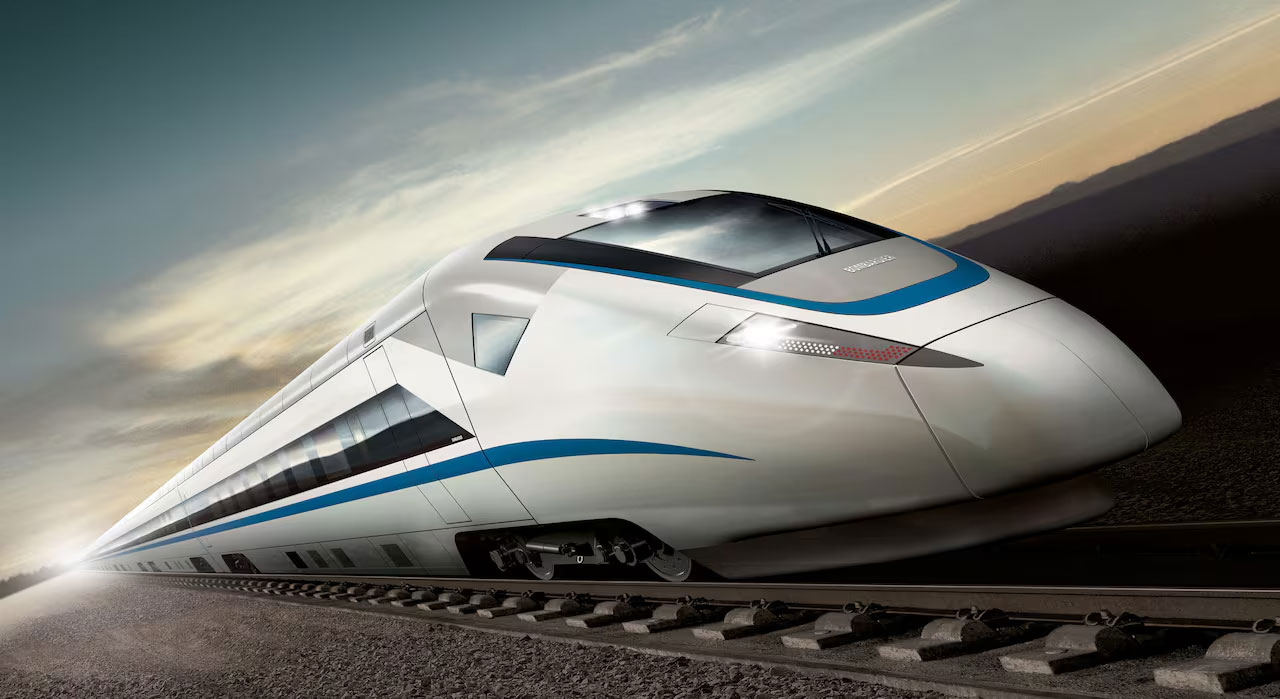
The rail systems sector, encompassing both passenger and freight transport, demands reliability, durability, and efficiency. Materials used in this industry must withstand harsh environmental conditions and deliver high performance for extended periods. Rubber materials play an indispensable role in rail systems due to their flexibility, impact absorption capabilities, and chemical resistance. These materials enhance passenger comfort, ensure safety, and extend the service life of components.
Applications of Rubber Materials in Rail Systems
Rubber materials are widely utilized across various aspects of rail systems to improve passenger comfort and ensure safety. Key applications and their benefits include:
Vibration and Noise Reduction: Vibration and noise generated during rail system operations are significant factors affecting passenger comfort. Rubber materials effectively dampen vibrations and minimize noise levels. Rubber pads used at the contact points between train wheels and tracks absorb vibrations and reduce wear on both wheels and rails, leading to lower maintenance costs.
Insulation Components: Electrical insulation is critical for safety in many parts of rail systems. Due to its low electrical conductivity, rubber is widely used as an insulating material. Rubber insulation materials are utilized in electric motors, cable connections, and control panels to ensure safety under high voltage conditions.
Water and Air Sealing: Water and air sealing are vital for trains and metro systems. Rubber materials used in door and window seals prevent water and air infiltration, maintaining a protected interior environment. This not only enhances passenger comfort but also contributes to the durability of the vehicle. EPDM and neoprene rubber, known for their water resistance, are particularly favored for these applications.
Brake Systems: Rubber materials in brake systems are known for their high-temperature resistance and wear durability. Rubber seals ensure the integrity of brake components and improve the reliability of braking systems. These materials enhance braking performance while extending the system’s service life.
Rail Pads and Reinforcement Elements: Rail pads help ensure the safe movement of trains on tracks and balance the load distribution between the rails and the base. Rubber rail pads resist deformation under heavy loads and, with their impact absorption properties, reduce stress on the tracks. This extends the lifespan of rail infrastructure and minimizes maintenance needs.
Rubber materials are crucial to the rail systems sector, providing solutions that enhance safety, efficiency, and durability. By mitigating vibrations, ensuring effective sealing, and improving the performance of critical components like brakes and rail pads, rubber plays a vital role in the reliability of rail systems. Selecting the right rubber material for each application is essential for optimizing performance, reducing operational costs, and ensuring long-term sustainability in this demanding industry.
